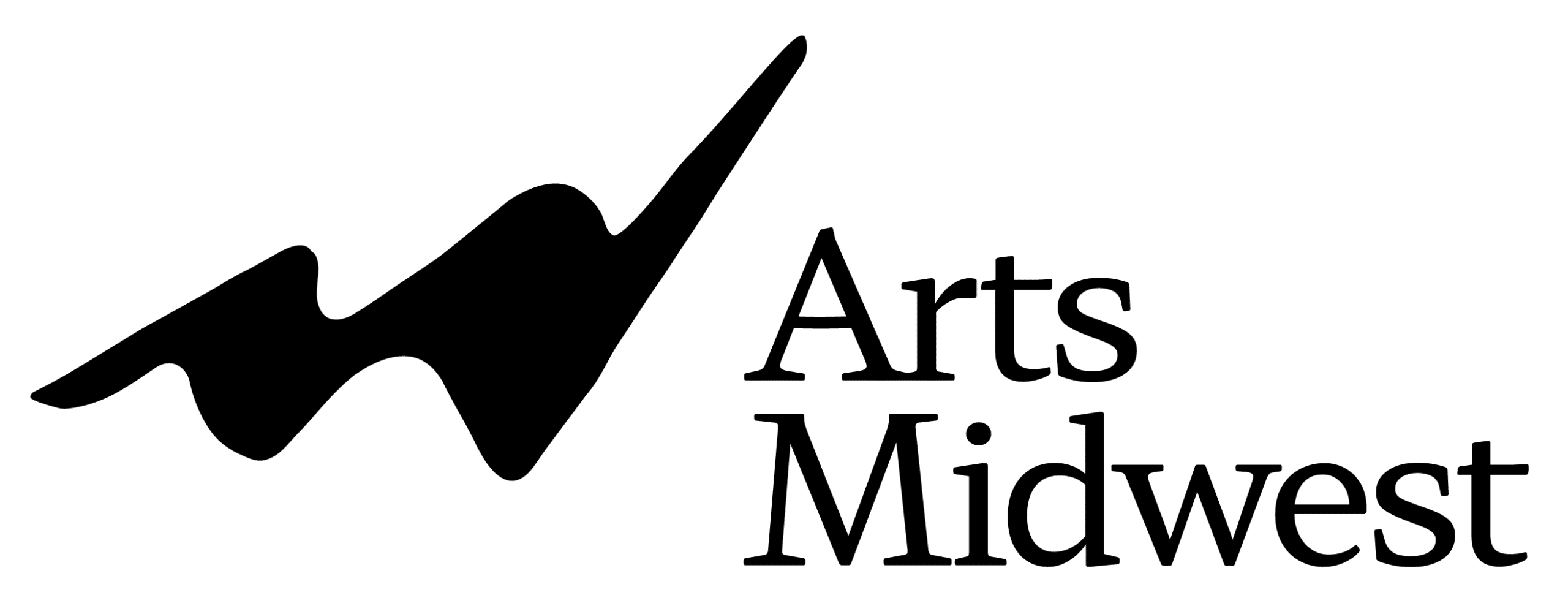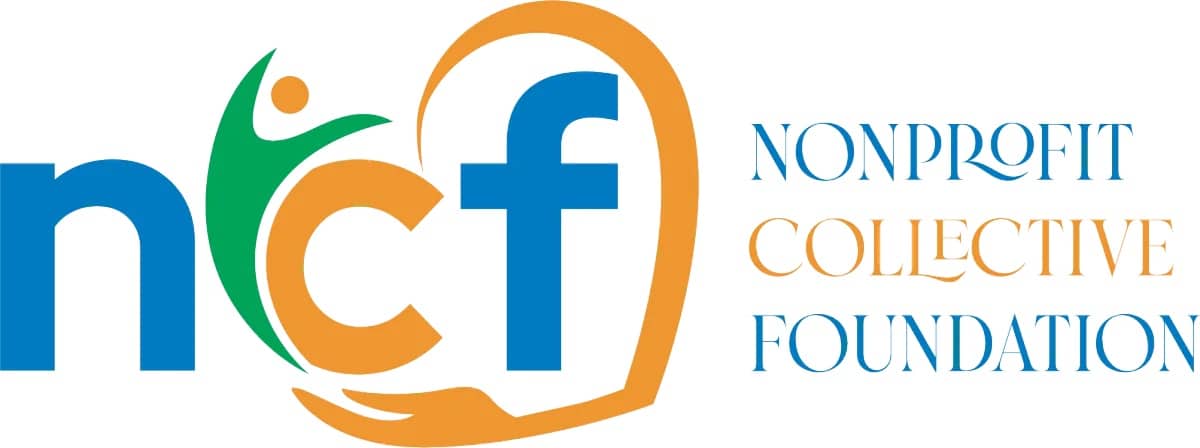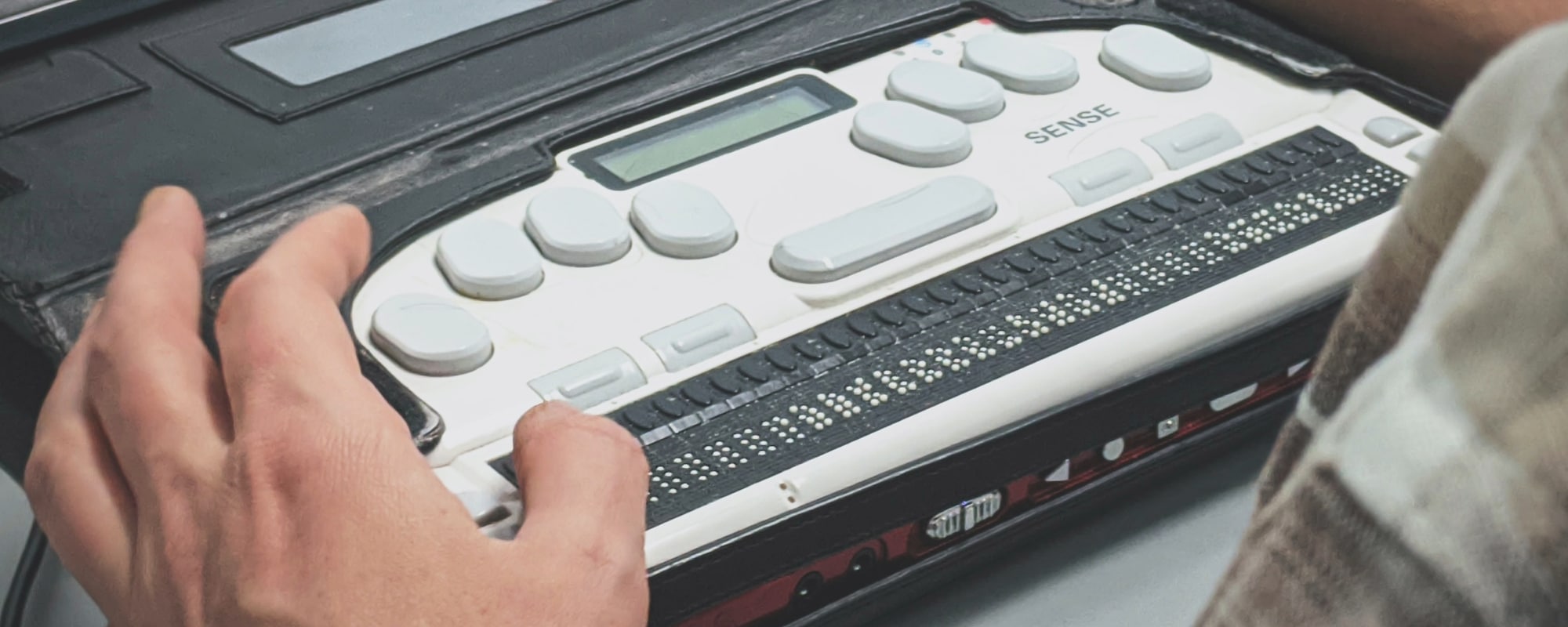With 27% (one in four) of Americans having some form of disability, it is becoming more imperative to create accessible and inclusive arts organizations.
Wheelchair accessibility, accessible and inclusive bathrooms, hearing aids, programming for low-vision patrons, and closed-caption dialogue and sign language options for the deaf or hard of hearing are just a few features that help contribute to more inclusive spaces.
Where to Begin
Audit your current building, programs, and social media/website using tools such as the National Endowment for the Arts’s 504 self-evaluation. This document takes you through a series of simple questions to gauge what your facility has to offer. With this baseline knowledge, your organization can begin making a plan for accessibility improvement. The assessment is free to take, and can be added to your organization’s profile for later referral, and can be included when applying for grants.
Starting Small
There are many small actions that arts organizations can take to improve accessibility that don’t require large budgets. Fliers and brochures printed with large print for those with low vision, printed transcripts of programs for deaf patrons, updating accessibility information on your website, and staff training are all small but effective ways to make an organization more inclusive.
Bigger Projects and Updates
Larger accessibility updates might include renovations to buildings so they are wheelchair accessible, including elevator installation, remodeling restrooms to accommodate limited mobility patrons, or adding closed captioning to video presentations and digital displays. Capital updates will of course require more funding. The addition of an elevator alone can cost between $28,000-35,000, depending on how many floors need to be serviced and the complexity of installation.
As many organizations grapple with pandemic after effects and economic turbulence, seeking grants to make accessibility improvements may be a more cost effective way to advance inclusion, as opposed to spending from a general operating fund.
We’ve compiled a list of organizations offering grants to advance accessibility at arts organizations.

National Endowment for the Arts
- The Grants for Arts Projects award is a broad-spectrum grant that can fund between $10,000-100,000, depending on the need, and requires a cost/share match. While the grant cannot be used for building purchase, renovation, general, or seasonal operating, it could be used to fund an accessibility project such as closed captioning, reprinting literature, or purchasing assisted listening devices.
- The Grants for Arts Projects award has an emphasis on funding DEI initiatives, which includes specialized programs to reach marginalized communities, including those with disabilities.
- The Challenge America grant is aimed towards smaller organizations in historically underserved communities.

Arts Midwest
- The Midwest Award for Artists with Disabilities makes 27 grants annually to individuals with disabilities looking for support for their artistic practice.

Michigan Arts and Culture Council
- The Capital Improvements Grant enables arts organizations that want to update their buildings or equipment to be more accessible.
- The Operational Support Grant provides general operating support for arts organizations, which may be used to fund general organizational spending, including facility updates.
- The Professional Development Minigrant, offered in partnership with CultureSource, funds various forms of training and professional education. This could include inclusivity training and accessibility education.

Nonprofit Collective Foundation
- The Operations Grant provides 501(c)(3) nonprofit organizations with up to $10,000 of unrestricted funding, which may be used for increasing accessibility offerings and capital improvements.
Going Further with Professional Development
If you are looking for education and professional development for your staff, consider the LEAD Conference through the Kennedy Foundation. LEAD (Leadership Exchange in Arts and Disability) Conference is aimed at developing knowledge and best practices for inclusivity and diversity in the arts. Some of the topics covered at the conference are:
- ADA/504 Administration
- Diversity, equity, access, and inclusion
- Community outreach, education, and engagement
- Box office, admissions, sales and marketing
- Visitor services, front of house and customer service management
- Venue operations, facilities, designers and production
- Human resources and volunteer management
These resources and grants are a good starting point for organizations who are ready to take the next step in their accessibility journey. For those who are just getting started, increasing your organizational awareness of accessibility is a good place to begin. Check out some of our additional resources to get started.
This article was produced in part by Lily Walbridge, CultureSource’s summer intern. Lily is an undergraduate at the University of Michigan studying history, and a History Docent at the Detroit Observatory. She is currently preparing for a Masters program in Library Information Science with certifications in archival work and non-profit management.


